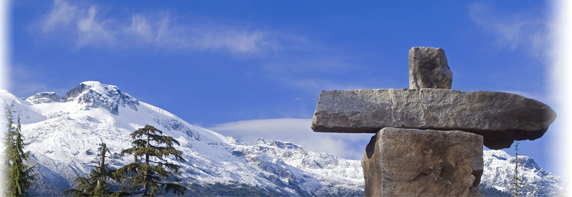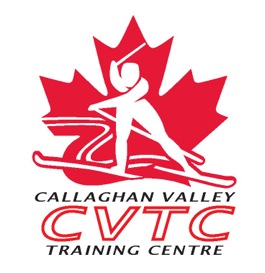Selecting the Winner
- By: Graham Maclean
“What makes ski racing interesting is the fact that it is not always the fittest athlete who wins the gold medal; the winner is the athlete who can make the skis go the fastest.”
Here’s an idea: you’ve already trained 10,000 hours during the last 15 or 20 years, but so has your competition. What can supplement that training and enable an advantage over your competitors?
Ask my friend Yves Bilodeau (World Cup Service Manager – Team Canada), “What is the single most important technical factor for fast skis?” Although they are important, it is not the glide wax …not the stone grind …and not the base material either! “Ski selection en tabarnac! You have to start with a good pair.”
If you are serious about ski racing and want to optimize your equipment situation to gain competitive edge, you need a MINIMUM 5 pairs of PROVEN FAST race skis.
WHAT?? 5 Pairs?? That’s a lot of money! …Or you can train another 5000 hours and hopefully shave a few more seconds off your race time through better fitness.
Assuming you want to take the “easy” route, your quiver should include:
-
Cold condition classic ski
-
hard wax, softer camber, easy to ski, cold stone grind
-
-
Wet condition classic ski
-
klister, stiffer camber, softer tip pressure, warm stone grind
-
-
Cold condition skate ski
-
long glide contact areas, lower camber, cold stone grind
-
-
Wet condition skate ski
-
short glide contact areas, higher camber, softer tip, warm stone grind
-
-
No wax / Hairies / Rub ski
-
Sanded grip zone, always ready to go for tricky new snow, zero degree conditions, mid range grind
-
‘Proven fast’ is a key concept. Having 5 pairs of race skis in your bag does not mean that they are all working well for you and fast. Race skis must fit you properly and must be tested and compared against other fast skis. If they are repeatedly not fast compared to other skis, or they don’t fit, don’t keep them or at least don’t keep testing them for races.
A well-prepared and proven fast klister ski can easily save you minutes during a wet condition ski race over a ski that is too soft and becomes draggy when it is prepared with klister wax.
Improving the stone grind might help increase ski speed but you must realize it is generally a small percentage gain. Other base prep work, such as saturating the base with glide wax (although a necessary part of the overall process) generally will not gain you big advantage over the competition. Not all pairs of skis are created equal and the reality is that some skis are just slow, no matter what you do to them.
The fleet of race skis does not even really begin at 5 pairs in modern high level ski racing. Athletes on Canada’s National team will have between 20 – 40 pairs of hand selected race skis that are well prepared with many different and condition-specific, stone grinds on the base. These athletes have a technical support staff who will prepare these skis for testing and racing.
Be careful! As the number of skis in your fleet increases, so does the amount of work required for preparation testing and maintenance.
A good ski can last a long time. The new skis do get better with technology, but every once in a while, even on the world cup, athletes will race on 20+ year old skis. Keep looking until you find fast ski. If you do acquire a really good pair of race skis, keep good care of them!


